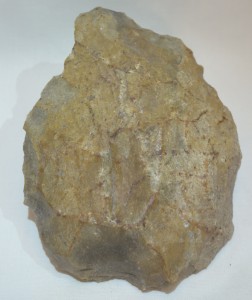
Neanderthals have gone from being feared as brutal cavemen to romanticised as the ancestors we lost. The views on what Neanderthals might have looked like over the years has changed dramatically from the club-dragging brute to something finally more akin to human.
However we might speculate on their looks, there are several things we know about the Neanderthals that are irrefutable.
Neanderthals lived ~200,000 to 30,000 years ago, and in places they overlapped territory lived with and bread with anatomically modern humans (AMH) in Europe, though Neanderthals ranged through Europe and western parts of Asia. Recent studies have shown that we carry somewhere between 1 – 4% of Neanderthal DNA, too. More surprisingly is they all likely had flame red hair and pale skin — though this doesn’t rule out that those with other hair and skin types don’t also carry Neanderthal genes.
In the beginning of their time, Neanderthals were primarily hunters and gatherers, but as time passed they became adept at using spears in close quarters. They are well known for their stone tools, which are called Mousterian tools. Neanderthal’s tool kit didn’t just include rock hammers, they included all purpose scrapers as well as tools made from the stone flakes, too. Somewhere along the way, the Neanderthals got the idea to transition their tools from all purpose to increasingly more specialised and included bones and antlers to their raw material. This marks the transition from the Middle Palaeolithic to the Upper Palaeolithic.

Still hink Neanderthals were unsophisticated for their times? Well, you might be impressed to know that these cavemen of ye olden times also had the use and control of fire on top of their tool industry. There has also been some evidence, albeit still controversial, that Neanderthals had rudimentary burials for infants and perhaps even provided some grave goods for adults. It is known, however, that Neanderthals lived in small, nuclear families and it is quite possible that they had language.
Want more knowledge? Pop over to the Smithsonian’s virtual tour of our human past. There is a lot to cover here, so we’ll leave it to the experts.